Report this entry
More from the same community-collection
2020 Gay Pride El Paso Social-Distance Parade
Participant of 2020 Gay Pride El Paso Social-Distance Parade ...
2020 Gay Pride El Paso Social-Distance Parade
Drag Queens Dede Camacho and Rumor in the 2020 Gay Pride El Paso ...
2020 Gay Pride El Paso Social-Distance Parade
Michael Reyes, better known as Barbie, was the Principal ...
2020 Gay Pride El Paso Social-Distance Parade
Youth participants with Michael Reyes, better known as Barbie, ...
2020 Gay Pride El Paso Social-Distance Parade
Dede Camacho and Michael "Barbie" Reyes at the 2020 Gay Pride El ...
2020 Gay Pride El Paso Social-Distance Parade
Dede Camacho, Rumor, and Michael "Barbie" Reyes at the 2020 Gay ...
2020 Gay Pride El Paso Social-Distance Parade
The 2020 Gay Pride El Paso Social-Distance Parade was mandated ...
2020 Gay Pride El Paso Social-Distance Parade
The 2020 Gay Pride El Paso Social-Distance Parade was mandated ...
2020 Gay Pride El Paso Social-Distance Parade
Dede Camacho, Rumor, and Michael "Barbie" Reyes at the 2020 Gay ...
Calavera makeup for Dia De Los Muertos 2020
Calavera makeup for Dia De Los Muertos 2020 by Amber Marie ...
In Remembrance for Dia De Los Muertos 2020
In Remembrance for Dia De Los Muertos 2020 by Amber Marie ...
Calavera Literaria for Dia De Los Muertos 2020
Calavera Literaria for Dia De Los Muertos 2020 by Bartolo ...
Calavera Literaria for Dia De Los Muertos 2020
Calavera Literaria for Dia De Los Muertos 2020 by Irene Aguilar





















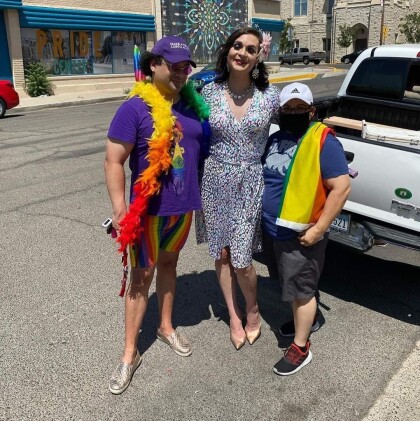
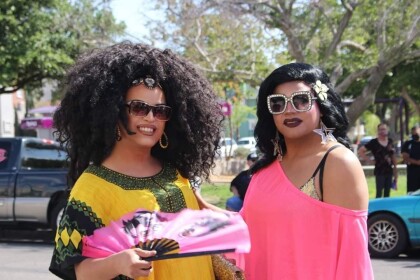
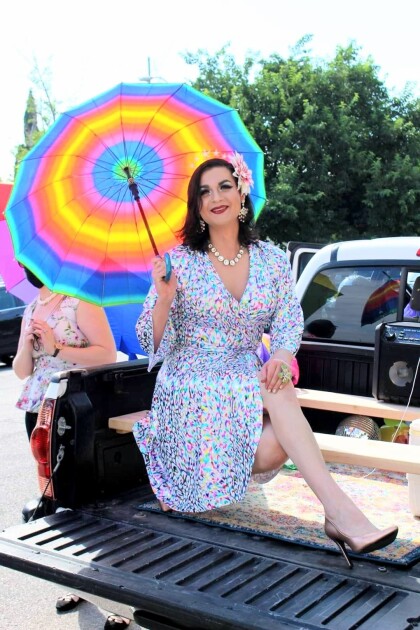
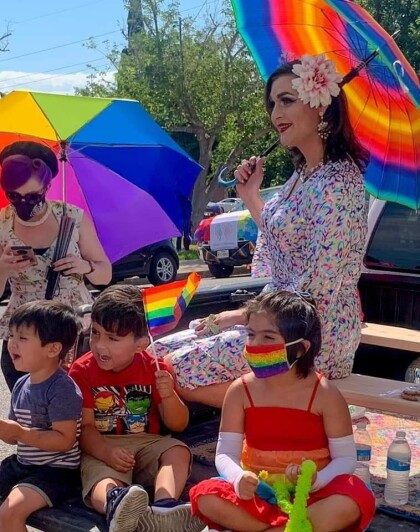
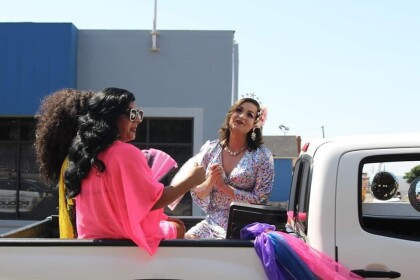
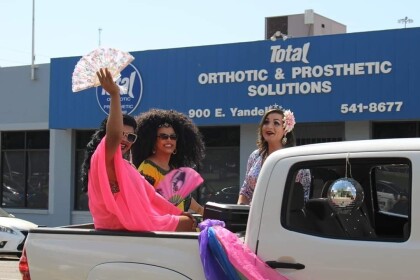
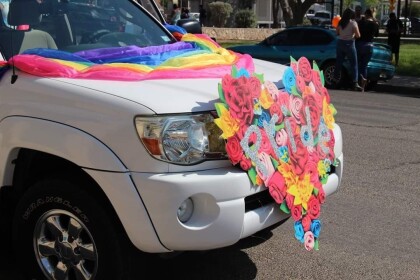
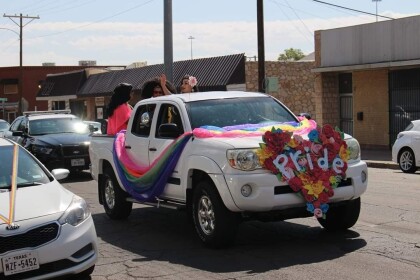
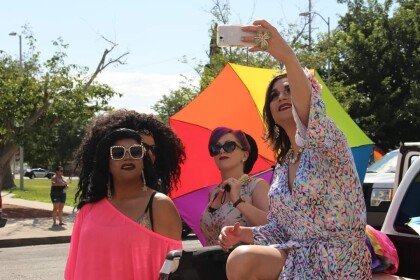
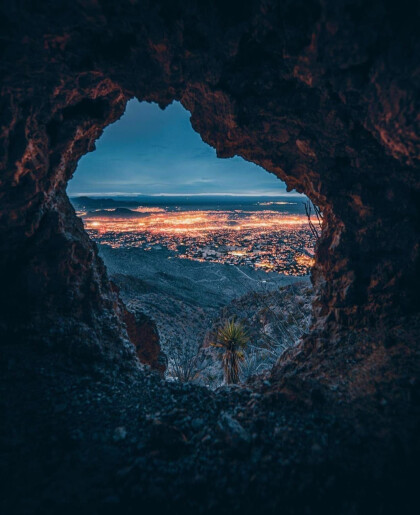
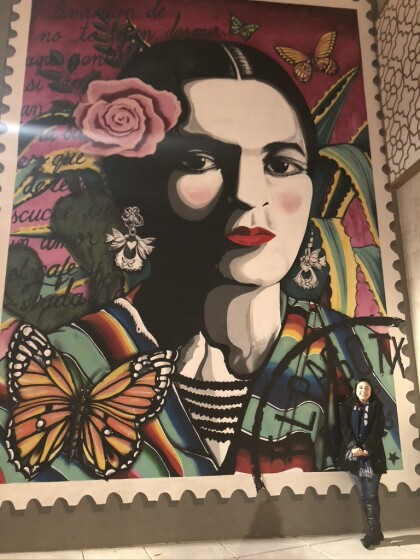
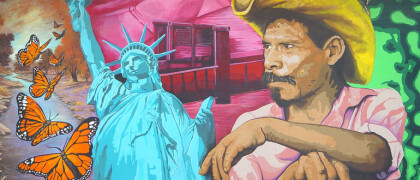
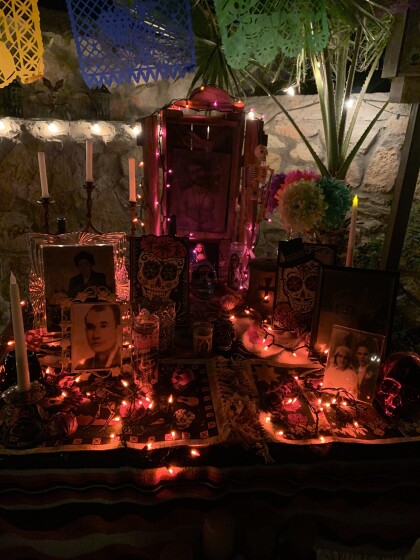
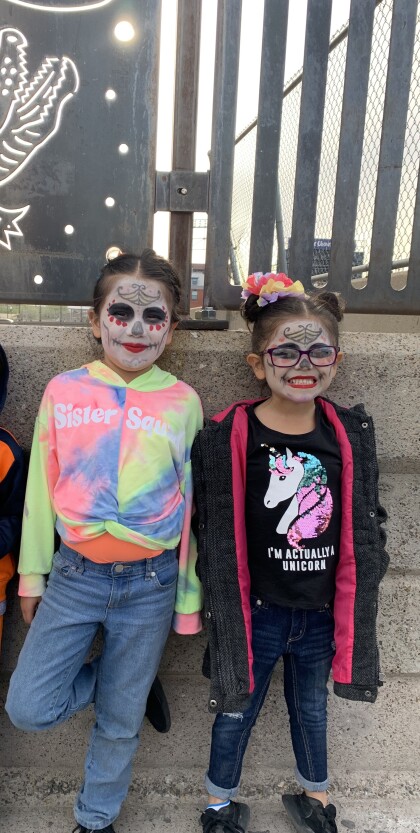
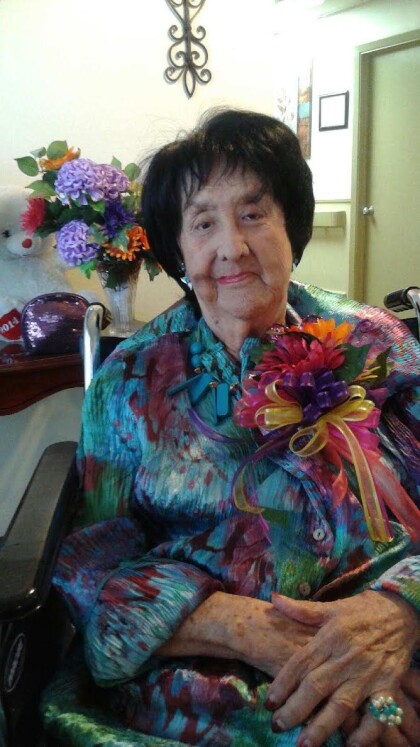
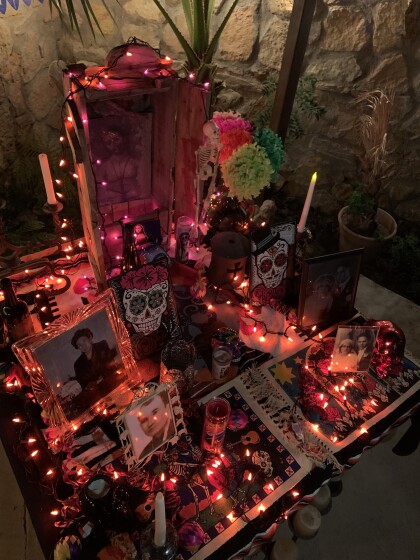
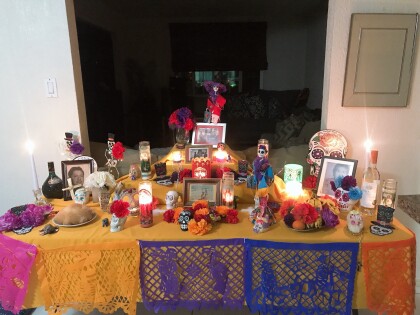
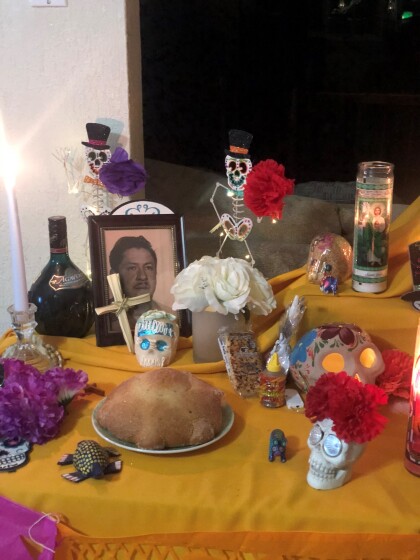
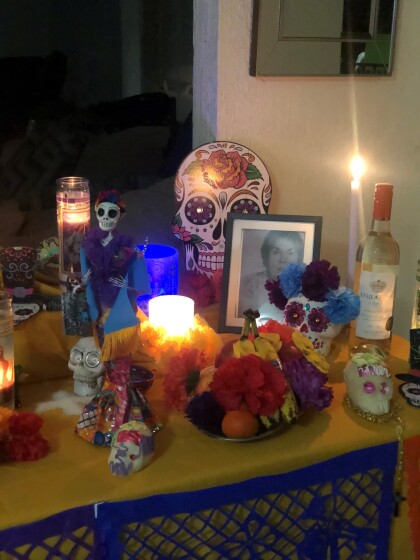
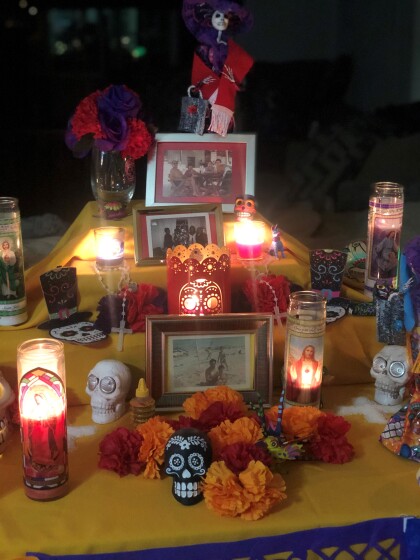
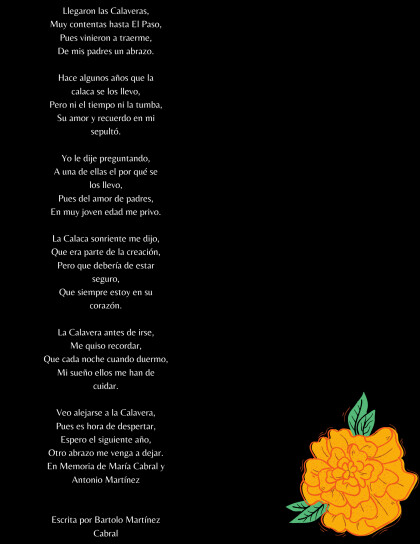
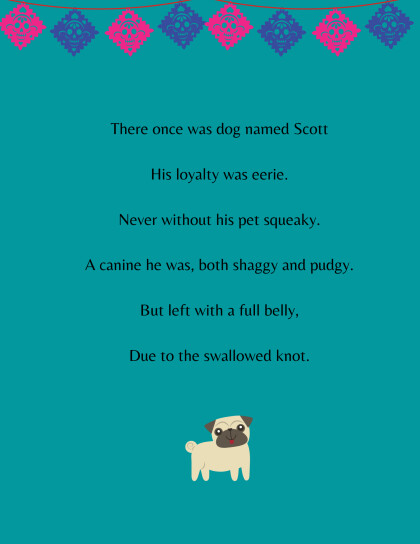
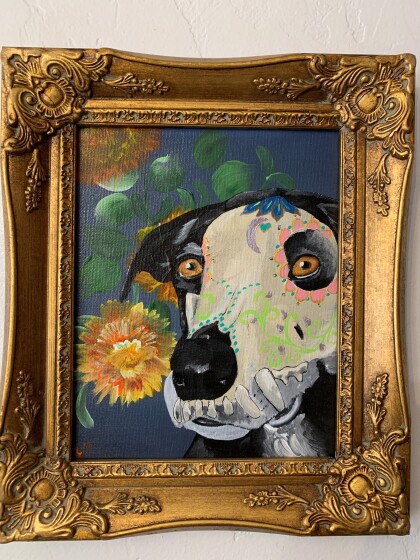
Comments
Add a comment